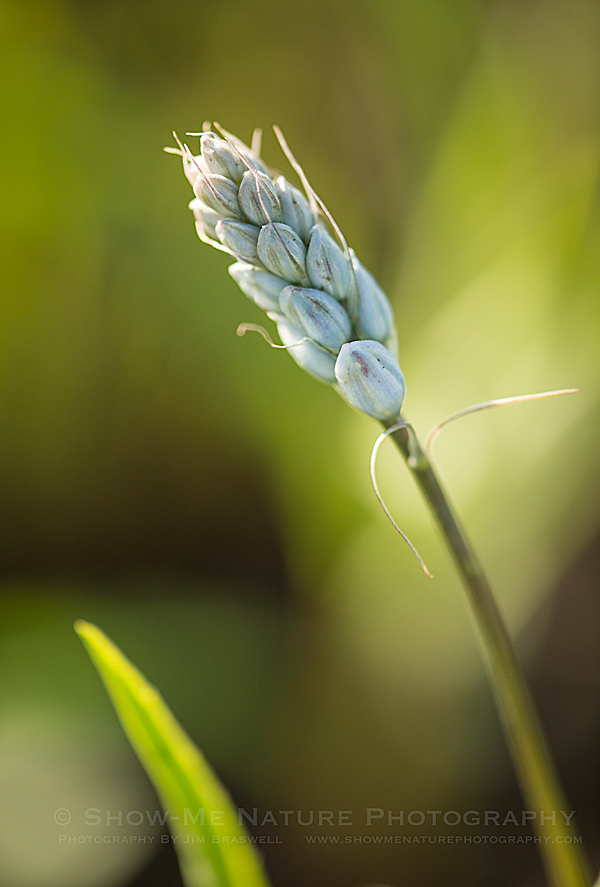A few more spring, woodland wildflowers will be shared soon, but today’s post is from the local, natural prairie that I hiked/photographed a few days ago.
When I visited this great prairie in late winter, I was pleased to find that a new section of the prairie had experienced a controlled burn over the winter. Controlled, or prescribed burns are a necessity on the prairie for two main reasons: (1) burning is one good way to keep invasive and non-native plants from taking over the prairie land, and (2) burning prepares the land for a “fresh start” of all prairie wildflowers, eliminating competition between the wildflowers and other plants, and adding organic matter (burnt plant material) to the soil.
As I had hoped, this area seems to be clear of the invasive sumacs (burnt stems of the plants are literally everywhere) and I found multiple species of prairie wildflowers flourishing and some even blooming. One of those was the Wild Hyacinth (Camassia scilloides), which I’m sharing today. Here are a few of the images I captured as the Wild Hyacinths began blooming:
In this next image, the plant has budded, and about ready to start blooming:
The Wild Hyacinth is a member of the Lily family. It’s flowers are white to bluish-white, fragrant, and as many as 20 small flowers on long flower stalks. It may reach up to 2-feet tall, however the ones I found were only about 12-inches tall. The bulbs of this plant were eaten by native Americans.
Photographic Equipment Used:
- Canon 5D Mark 3 body
- Canon EF 180mm, f/3.5 macro lens
- Bogen 3221 tripod, with Graf Studioball ballhead
- ISO 500
- Aperture f/3.5
- Shutter 1/800 sec. to 1/3200 sec.












